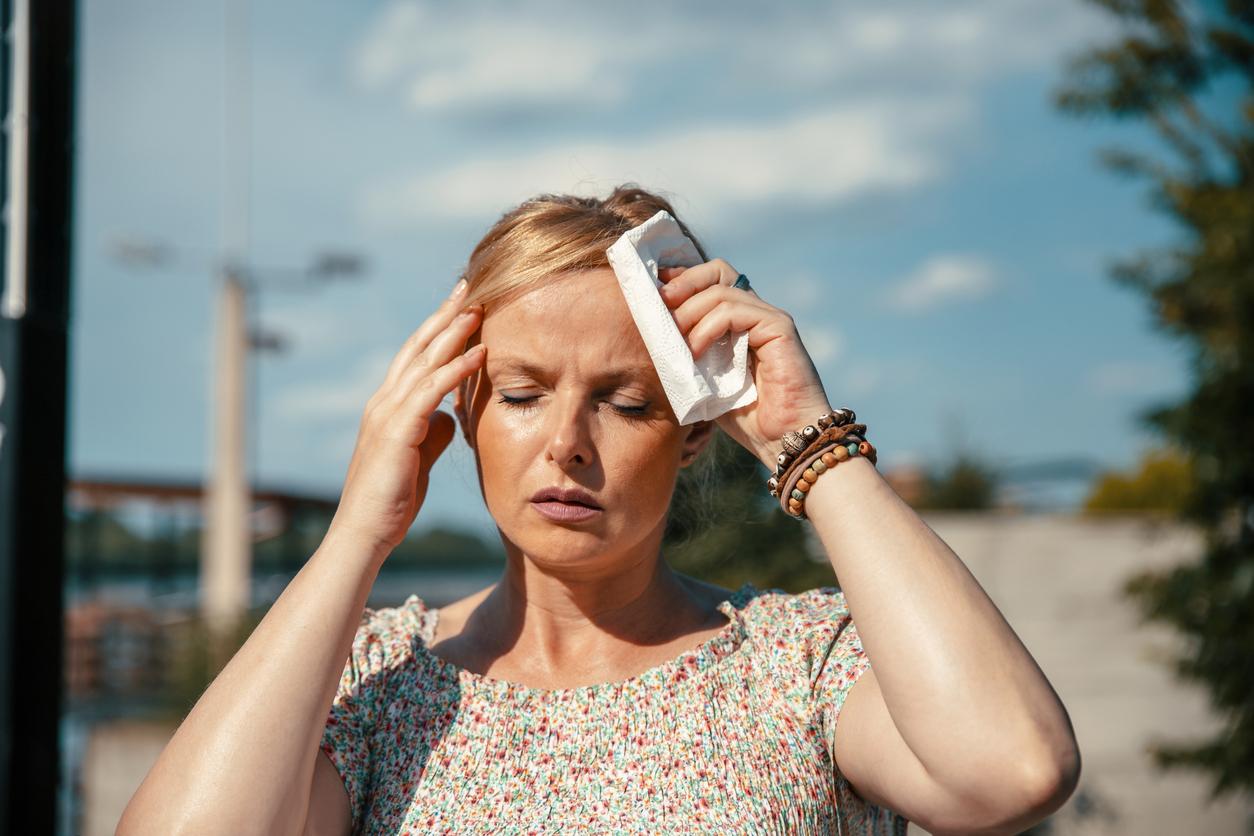By comparing daily temperature data recorded in 50 countries in the northern hemisphere, researchers found that the number of new cases of Covid-19 fell as temperatures rose.

- There is indeed a seasonal component to the transmission of SARS-CoV-2, the researchers demonstrate.
- Every increase of 1° Fahrenheit (1.8°C) is associated with a 1% decrease in the rate of increase in Covid-19 cases, while every decrease of 1° is associated with an increase in this rate of 3 .7%.
Do wet weather, rain and cold promote the spread of SARS-CoV-2? For American researchers (United States) there is no doubt. In a study published in PLOS Onescientists from the Christina Lee Brown Institute for the Environment at the University of Louisville, the Johns Hopkins University School of Medicine, the Joint Artificial Intelligence Center of the United States Department of Defense, show that there is a correlation between the weather, and in particular atmospheric temperatures, and the transmission of the new coronavirus.
A slowdown in transmission when it is hot
The researchers compiled data on temperatures in 50 countries in the northern hemisphere between January 22 and April 6, 2020. They then compared them to the number of Covid-19 cases recorded over the same period.
Their analysis shows that between 30 and 100 degrees Fahrenheit (between 0°C and 37°C), a one degree Fahrenheit increase in daily low temperature was associated with a 1% decrease in the rate of increase in cases of Covid-19. A decrease of one degree in temperature was associated with an increase in this rate of 3.7%.
“Although Covid-19 is an infectious disease whose transmission is not temperature dependent, our research indicates that it may also have a seasonal component”explains Dr. Aruni Bhatnagar, co-author of the work.
A seasonal component to be better taken into account
The researchers concluded that the summer months are associated with slower transmission of Covid-19, as is the case for other seasonal respiratory viruses. According to them, taking into account this seasonal effect of transmission cases could be useful for local planning of social interventions.
“This understanding of the temperature sensitivity of SARS-CoV-2 has important implications for anticipating the course of the pandemic, says Dr. Adam Kaplin of Johns Hopkins, first author of the study. We don’t know how long currently available vaccines will retain their benefits, or what the risks are of new variants developing over time if the northern and southern hemispheres continue to exchange Covid-19, back and forth across the equator, due to their opposite seasons. But it is reasonable to conclude that this research suggests that, like other seasonal viruses, SARS-CoV-2 could prove extremely difficult to contain over time unless a concerted and collaborative global effort is made. deployed to end this pandemic.”
.

















